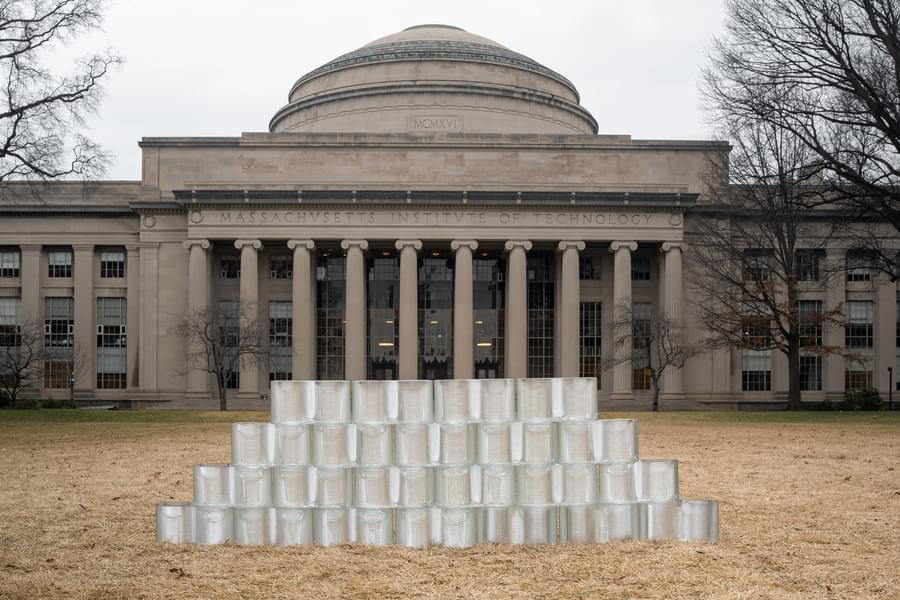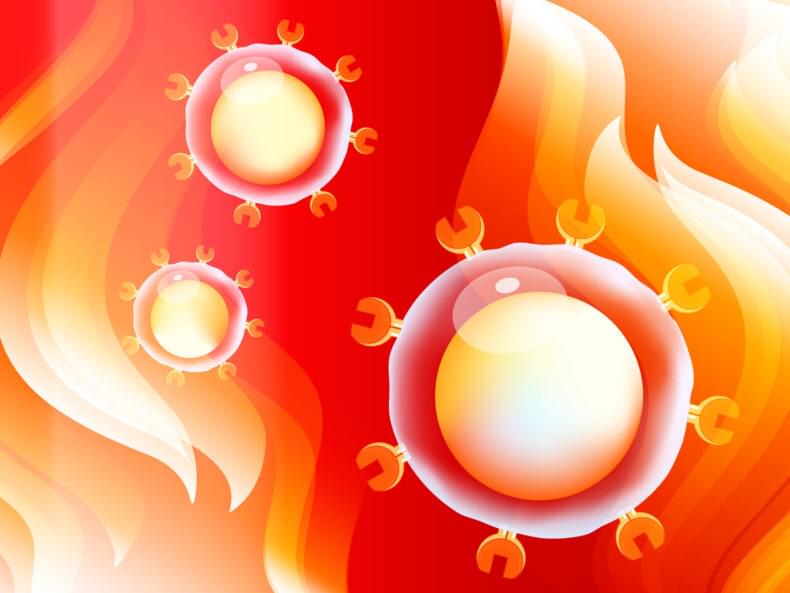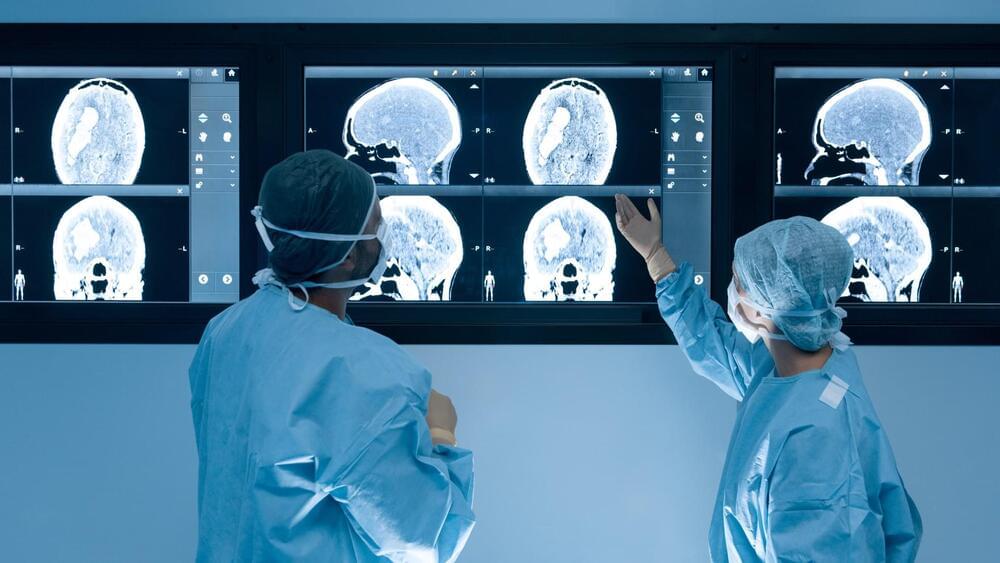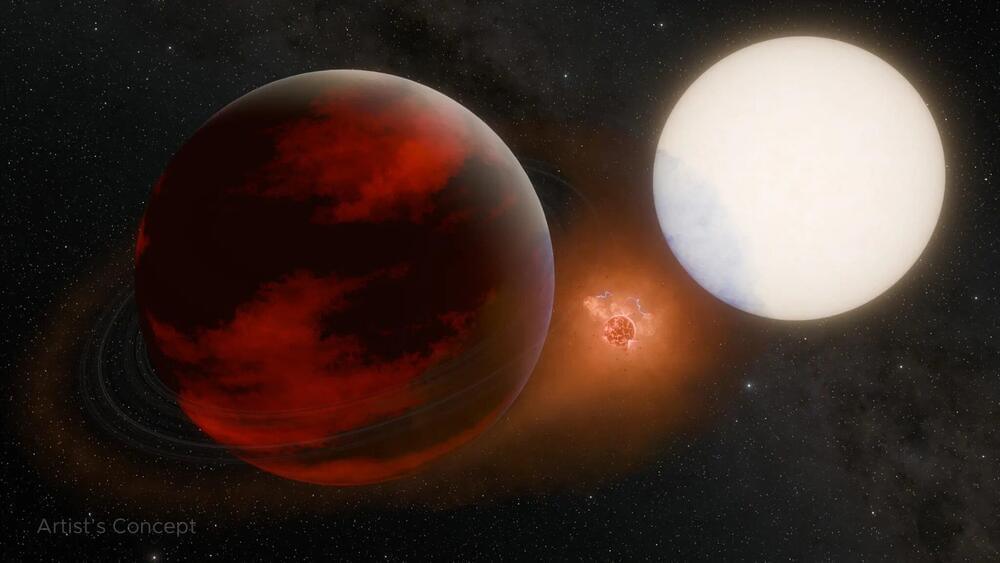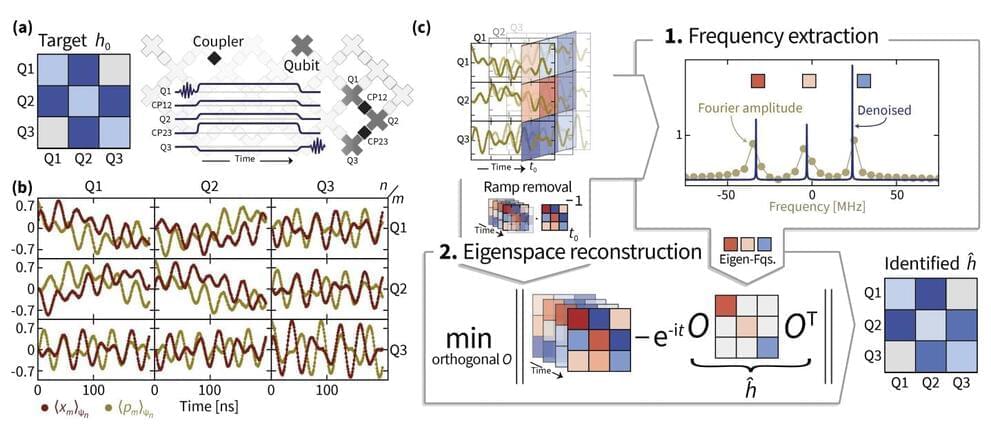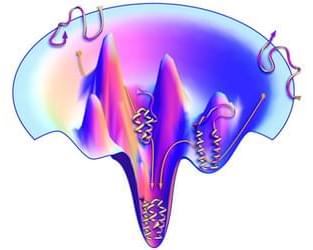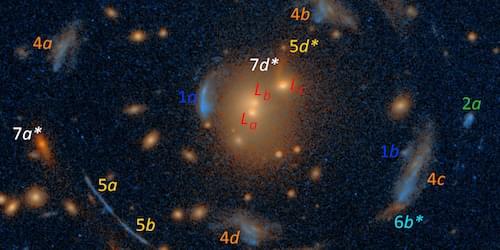Oct 14, 2024
Engineers 3D Print Sturdy Glass Bricks for Building Structures
Posted by Natalie Chan in categories: 3D printing, bioengineering, sustainability
The interlocking bricks, which can be repurposed many times over, can withstand similar pressures as their concrete counterparts. Engineers developed a new kind of reconfigurable masonry made from 3D-printed, recycled glass. The bricks could be reused many times over in building facades and internal walls.
What if construction materials could be put together and taken apart as easily as LEGO bricks? Such reconfigurable masonry would be disassembled at the end of a building’s lifetime and reassembled into a new structure, in a sustainable cycle that could supply generations of buildings using the same physical building blocks.
That’s the idea behind circular construction, which aims to reuse and repurpose a building’s materials whenever possible, to minimize the manufacturing of new materials and reduce the construction industry’s “embodied carbon,” which refers to the greenhouse gas emissions associated with every process throughout a building’s construction, from manufacturing to demolition.
